Author: Joe Emerson and Bruce Sullivan
August 5, 2021
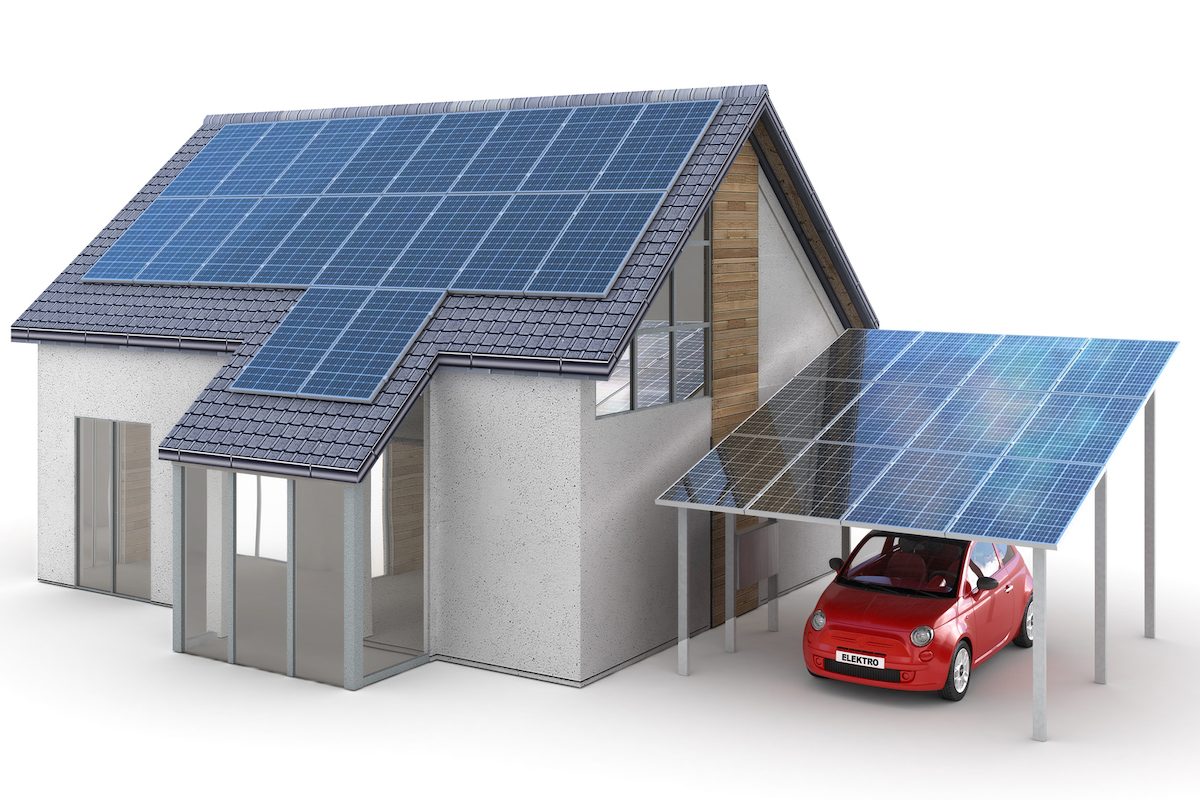
Zero Homes Are Great: Let’s Make Them Better — Zero 2.0
Ten years ago, making a home or building generate as much energy as it uses over the course of a year seemed an immense challenge. Tens of thousands of these advanced energy-efficient structures have been built. But they need to be better to meet the challenges of climate change, health, security, and resilience. So what’s next? Zero 2.0!
Read ArticleJune 14, 2021
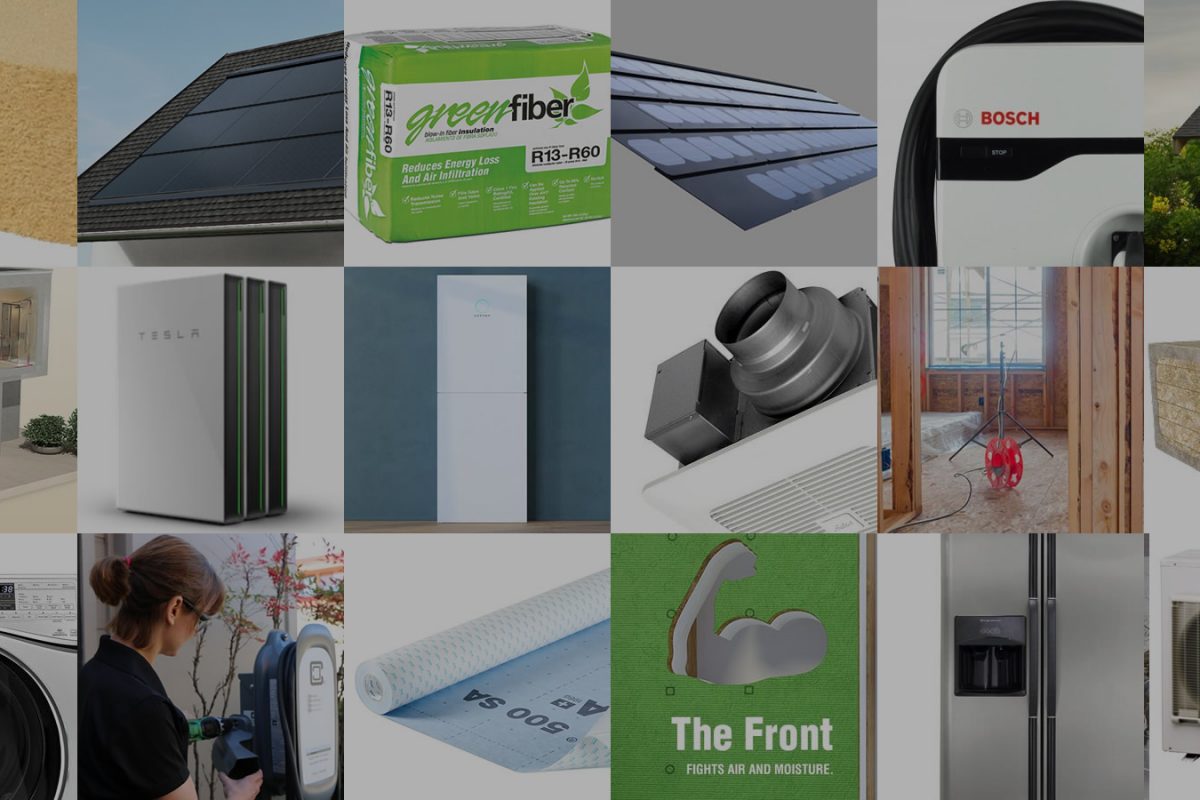
Products Used to Get to Zero
You can’t build or remodel a home on the path to zero without buying suitable materials and equipment. That’s why the Zero Energy Project offers a select list of product ideas that can smooth your path to zero. Check out the new products that have been recently added to the Zero Energy Product Directory!
Read ArticleSeptember 11, 2020

Zero Fulfills Human Needs at All Levels
A good product meets real human needs. Abraham Maslow’s hierarchy of needs provides a powerful framework for converting those needs into effective messaging to homebuyers. To sell more zero energy homes, sellers need to link the needs of home buyers with the many tangible benefits of zero energy homes.
Read ArticleJuly 18, 2019
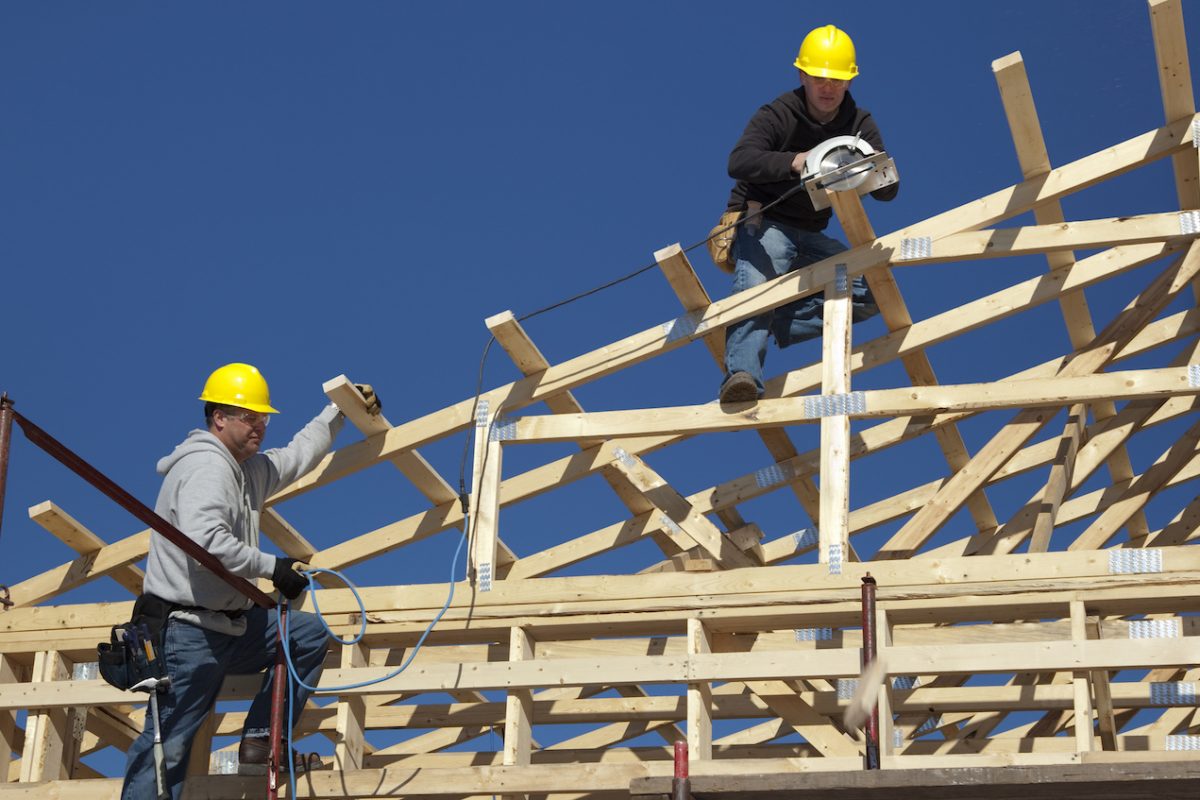
Growth in Zero Energy Home Building Continues to Surge
The most recent inventory of zero energy homes by Team Zero, formerly the Net Zero Energy Coalition, has just been released. The sector is steadily growing in the US and Canada.
Read ArticleJune 18, 2019
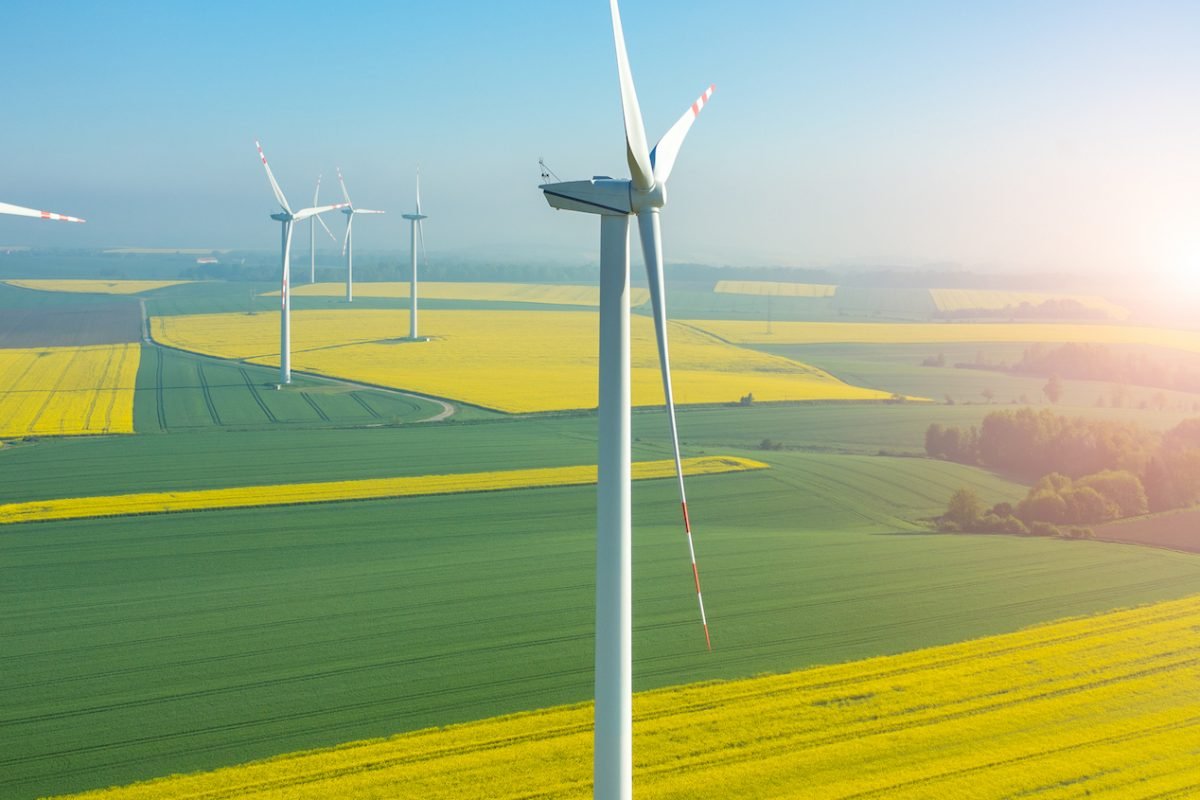
Getting to Zero: Buildings, Transportation and Agriculture
Energizing the Green New Deal Part Three is the final installment of our three-part series on realistic, primarily market-based methods for creating a zero carbon economy. Buildings are responsible for about 40% of greenhouse gas emissions and transportation for another 29%, so there is a lot of work to do there. Agriculture and forestry are two more fields that must be addressed.
Read ArticleJune 18, 2019
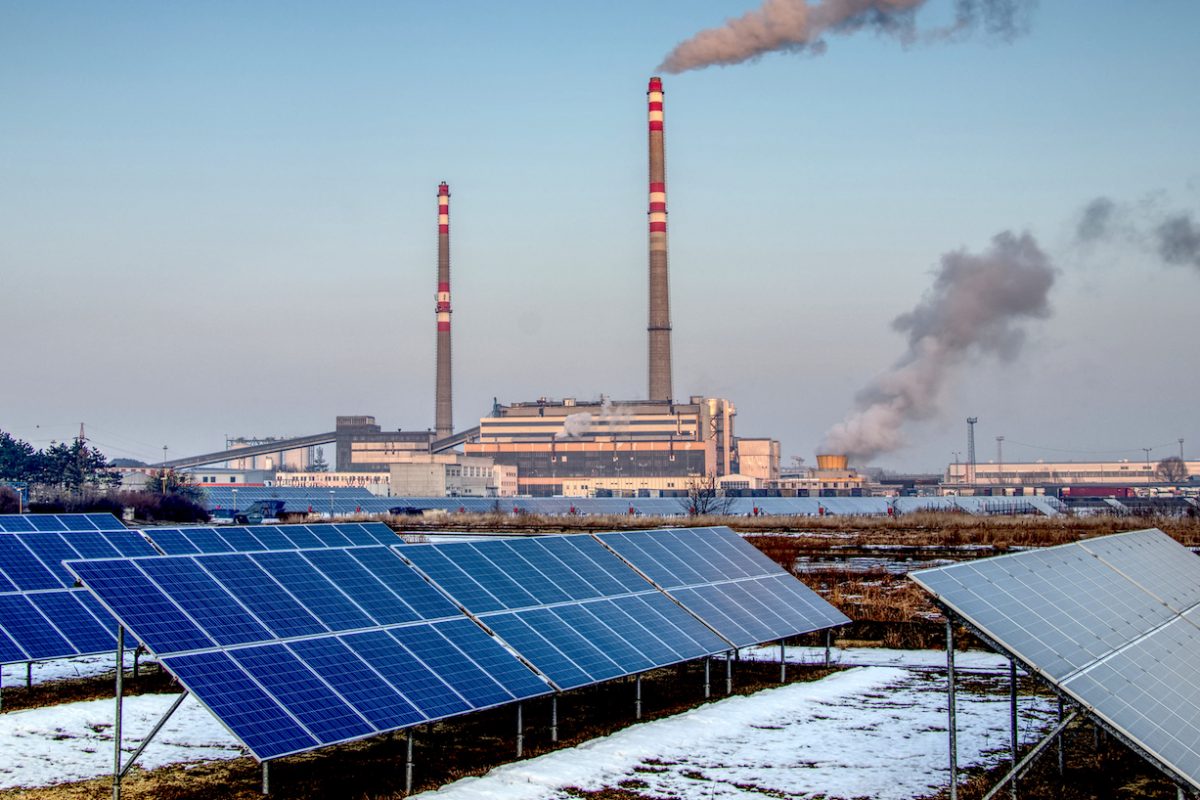
Getting to Zero: Utilities and Industry
The future is electric and the power will come mostly, if not entirely, from renewable sources. In Part Two of Energizing the Green New Deal, we get specific about strategies that utilities and heavy industry can utiliz e to address climate change and make a profit at the same time. Utilities will play a central role in guiding development of renewable resources and efficient ways to deploy them. Industry may present the greatest challenges, but there are existing technologies to smooth the transition, plus smart incentives and new technologies in the pipeline.
Read ArticleMay 17, 2019
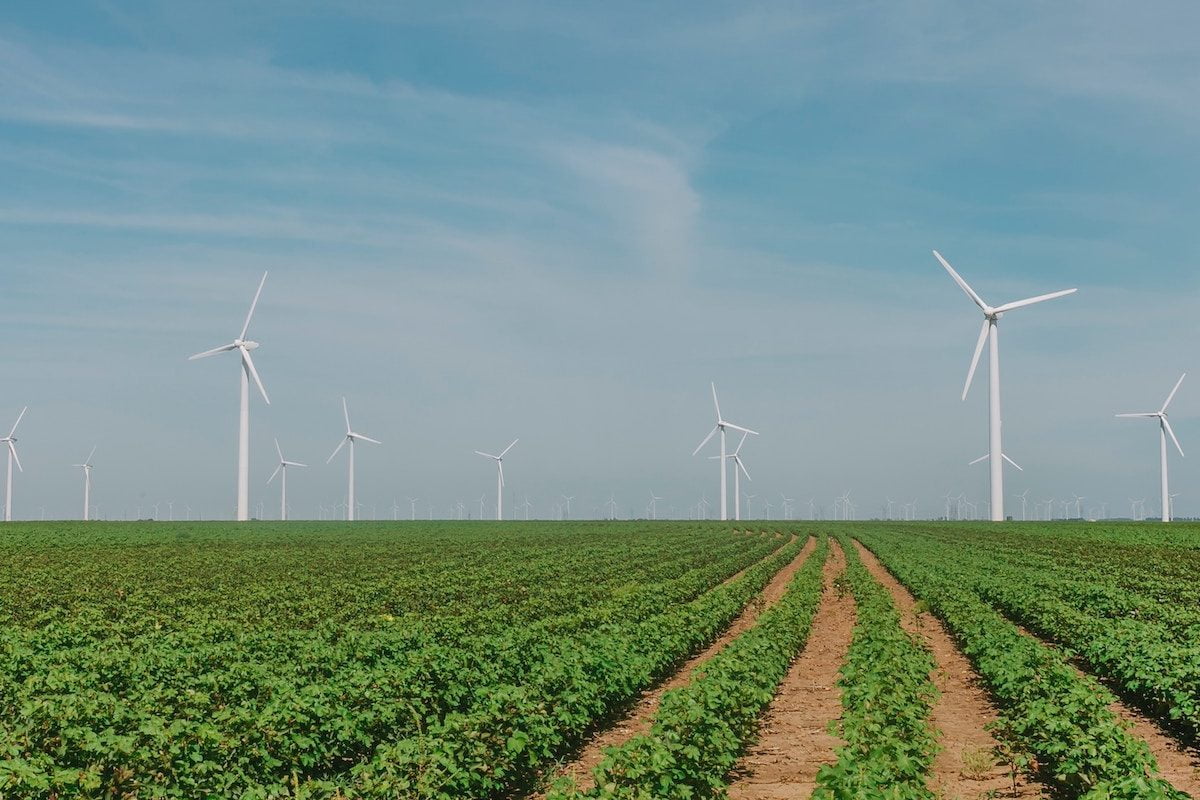
Getting to Zero: Energizing the Green New Deal
Energizing the Green New Deal: Part One of a Three-Part Series. Realistic climate action requires clear goals and objectives and an achievable timeline. If it is to have any chance of becoming reality, it must also align with the free enterprise system in which most of the work is accomplished by the private sector. Here is a comprehensive set of specific goals and objectives plus how best to achieve them, with the least government involvement.
Read ArticleApril 8, 2019

Everybody Wins with Zero Energy Homes!
High performance homes are a great investment for the homebuyer, no matter how you measure it, as described in Part One of this series. But there are also many non-monetary benefits for the homeowner. These highly efficient homes are a win for everyone involved, including builders, realtors, lenders and utilities. Here’s a powerful list.
Read ArticleMarch 23, 2019
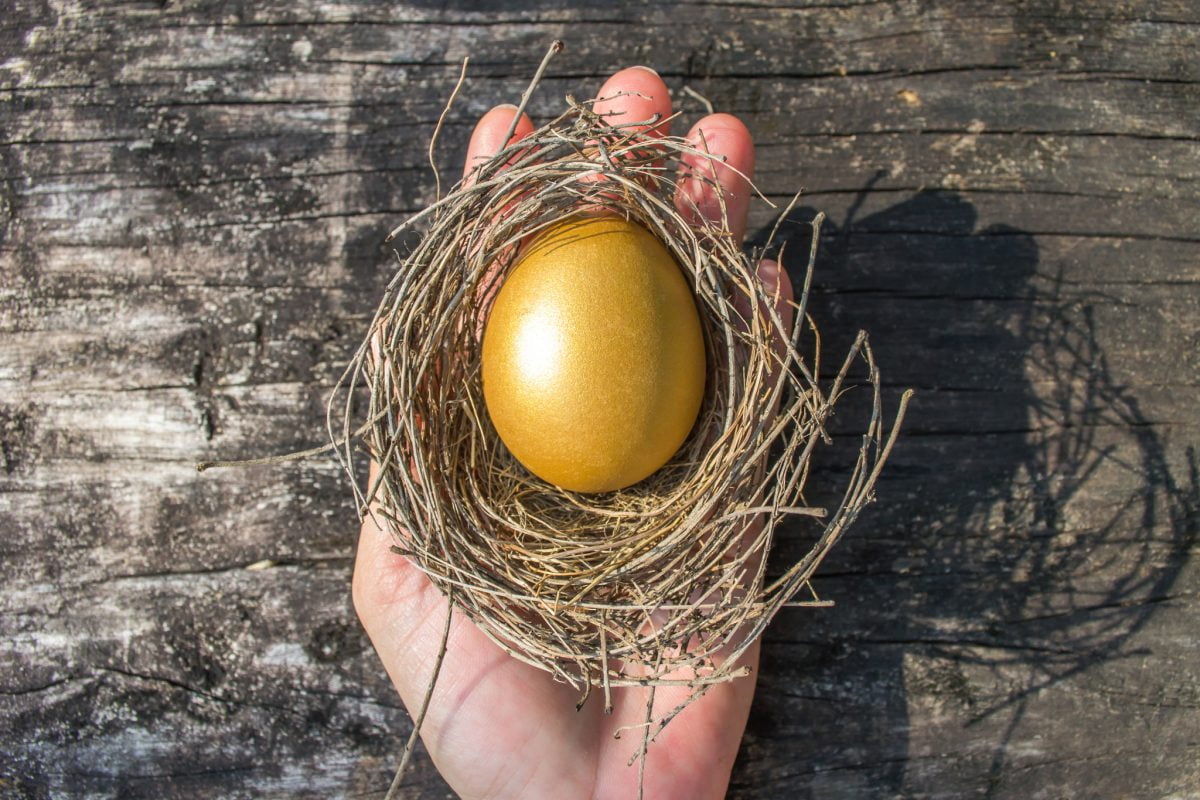
Zero Energy Homes – A Financial Win for Homeowners
In Part One of this two-part series we show the real financial returns for zero energy homeowners. — “A penny saved is a penny earned,” according to Benjamin Franklin. Let’s start thinking about energy improvements as investments that bring a financial return. Here are four ways to evaluate the financial performance of zero energy homes. They all demonstrate that zero energy homeowners benefit financially, making zero a wise investment.
Read ArticleOctober 4, 2018
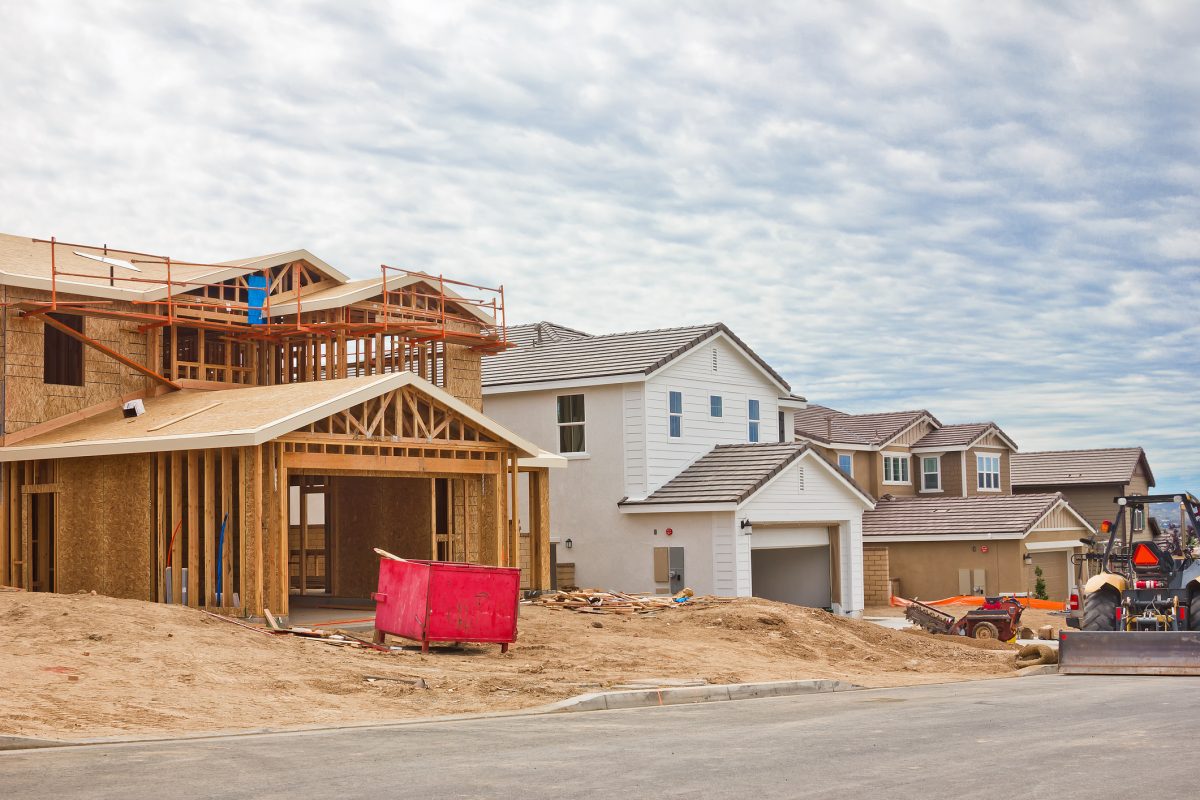
Don’t Buy a New Home that Sucks!
The only reason that most people feel that their new home is okay is that their old home was even worse.
Read Article